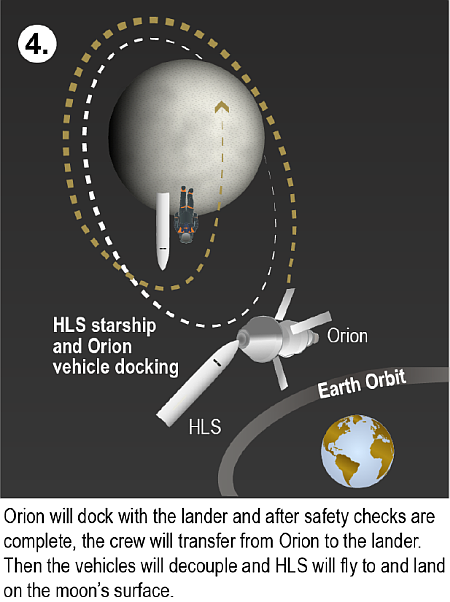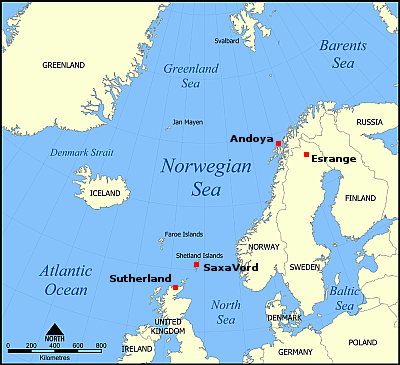Angola signs Artemis Accords, becoming the 33rd nation to join the alliance
Angola today officially signed the Artemis Accords, becoming the 33rd nation to join this space alliance conceived during the Trump administration as a way to get around the limitations of the Outer Space Treaty.
The full list of signatories is as follows: Angola, Argentina, Australia, Bahrain, Brazil, Bulgaria, Canada, Columbia, Czech Republic, Ecuador, France, Germany, Iceland, India, Israel, Italy, Japan, Luxembourg, Mexico, the Netherlands, New Zealand, Nigeria, Poland, Romania, Rwanda, Saudi Arabia, Singapore, South Korea, Spain, the United Kingdom, the United Arab Emirates, the Ukraine, and the United States.
The competing alliance of communist nations, led by China, includes only Russia, Venezuala, Pakistan, Belarus, Azerbaijan, and South Africa. That former deep Soviet bloc nations like Bulgaria and Romania, as well as previously very Marxist Angola, went with the west rather than China illustrates the international distrust of China and its authoritarian methods.
As bilateral agreements between the U.S. and each nation. the accords were designed to create for the U.S. a strong political alliance focused on protecting private property and capitalism in space, something the Outer Space Treaty essentially forbids. As I think it was conceived, the plan had been to use this alliance to eventually either force changes to the Outer Space Treaty, or abandon it entirely. Whether that plan will continue under Biden is unclear, and in fact there have been indications it will not.
These trends could all change should a different president take over after 2024.
Hat tip to BtB’s stringer Jay for cluing me in to this story.
Angola today officially signed the Artemis Accords, becoming the 33rd nation to join this space alliance conceived during the Trump administration as a way to get around the limitations of the Outer Space Treaty.
The full list of signatories is as follows: Angola, Argentina, Australia, Bahrain, Brazil, Bulgaria, Canada, Columbia, Czech Republic, Ecuador, France, Germany, Iceland, India, Israel, Italy, Japan, Luxembourg, Mexico, the Netherlands, New Zealand, Nigeria, Poland, Romania, Rwanda, Saudi Arabia, Singapore, South Korea, Spain, the United Kingdom, the United Arab Emirates, the Ukraine, and the United States.
The competing alliance of communist nations, led by China, includes only Russia, Venezuala, Pakistan, Belarus, Azerbaijan, and South Africa. That former deep Soviet bloc nations like Bulgaria and Romania, as well as previously very Marxist Angola, went with the west rather than China illustrates the international distrust of China and its authoritarian methods.
As bilateral agreements between the U.S. and each nation. the accords were designed to create for the U.S. a strong political alliance focused on protecting private property and capitalism in space, something the Outer Space Treaty essentially forbids. As I think it was conceived, the plan had been to use this alliance to eventually either force changes to the Outer Space Treaty, or abandon it entirely. Whether that plan will continue under Biden is unclear, and in fact there have been indications it will not.
These trends could all change should a different president take over after 2024.
Hat tip to BtB’s stringer Jay for cluing me in to this story.









